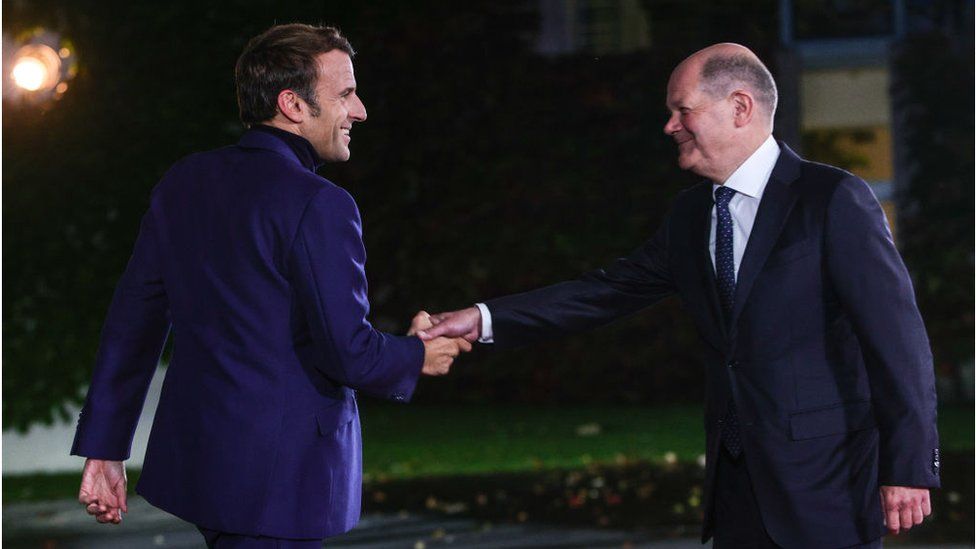France sends Germany gas for first time amid Russia energy crisis

In response to mounting energy strain, France has delivered gas to Germany for the first time in an act of “European solidarity.” The pipeline-delivered gas is a component of a pact between the nations to reduce energy shortages following Russian shutoff of the taps to Europe.
Despite providing less than 2% of Germany’s daily demands, the increased flow is appreciated as Berlin fights to diversify its energy sources. Since the invasion of Ukraine, Russia has been charged with exploiting gas supplies as a weapon against the West.
The French grid operator GRTgaz announced that it would initially supply 31 gigawatt hours (GWh) per day via a pipeline from the village of Obergailbach on the country’s border.The additional gas flow has a 100 GWh daily maximum capacity, it was added in a statement.
In the energy solidarity agreement last month, Germany committed to aid France with gas supplies in exchange for Germany agreeing to supply additional electricity to France as needed.
“We would have significant problems right now if we didn’t have European unity and an integrated, united market,” French President Emmanuel Macron said on Wednesday. Russia shutting off the gas is less of an issue for France because most of its energy requirements are met by Norway and through supply of liquefied natural gas.
Gas prices increased as a result of Russia’s invasion of Ukraine in February, and this winter EU customers will pay record prices.
Germany had previously gotten 55% of its gas from Russia. It has decreased this to 35% and eventually wants to stop all imports.
Despite the detrimental effects on the environment, Germany is also increasing its usage of coal and prolonging the life of power plants that were scheduled to close.
During her 16 years in office, former German chancellor Angela Merkel claimed she did not regret relying on Russia as a significant gas provider.
This winter, the German government plans to reduce the consumption of lighting and heating in public buildings by 2%.
Picture Courtesy: Google/images are subject to copyright
